CLICK ON IMAGES TO ENLARGE. REPEAT IF REQUIRED
I don’t really remember dreams much, but last night I relived my childhood when everything became smaller as I grew older. In particular, walls I couldn’t scramble up to walk along suddenly became manageable. Was this anything to do with the fact that Jackie needs the work surfaces in the new kitchen to be higher than standard? Especially as I was also working out how to pay for the project?
This morning we travelled by car to Kitchen Makers, discussed the fine details, and paid a deposit for work to commence after Christmas. We then drove on to Hockey’s Farm Shop to buy pork sausages and their splendid Pig ‘n’ Pickles Piccalilli. The sausages were essential because we were to dine on Jackie’s sausage casserole this evening and she had bought vegetarian sausages by mistake. We just had to have some meat ones to go with them.
Holmsley Passage sweeps down
across the moors from the A35 leaving Lyndhurst. I left the road at the top of the slope pictured above, and made my way
[youtube https://www.youtube.com/watch?v=marSWLjaQNw&w=560&h=315]
tripping through the heather, bracken and gorse to the lowest point where Jackie waited to take us onwards. I will let these eloquent landscapes tell their own story.
Mine comes later.
Changeable clouds constantly shifted overhead.
At Hockey’s, where we lunched, alpacas, donkeys, sheep, and horses are near neighbours.
Ducks and geese roam in large pens,
from where they have access to a small pool, today occupied by Khaki Campbell ducks. The pale blue bills of some of these caught my attention.
According to Wikipedia
‘The Khaki Campbell (Anas platyrhynchos domesticus[1] or Anas platyrhynchos Linnaeus[2]) is a breed of domesticated duck that originated in England and is kept for its high level of egg production. The breed was developed by Mrs. Adel Campbell [3] of Uley, Gloucestershire, England at the turn of the 20th century. The “Campbell Duck” being introduced in 1898 [4] and the ‘Khaki’ variety introduced to the public in 1901.[5]
The egg production of the Campbell breed can exceed even the most efficient of egg laying domestic chickens, with the breed laying an average of 300 eggs a year. When provided a moderate “duck conscious” environment to live in they will lay a more than modest number of eggs per week.
Khaki Campbells become mature at approximately 7 months. Khaki Campbell ducks seldom hatch out others’ young; however, in very communal situations do hatch large broods together. Most brooding behavior has been sacrificed in exchange for prolific egg laying ability in this breed. The ducks, when raised by hand, are not usually defensive of their eggs or nests, making collection of eggs very easy. Mechanical incubators or broody chickens are used to hatch out Khaki Campbell ducklings when ducks are not present in the process. Incubation takes approximately 23 to 28 days for a Khaki Campbell duckling to hatch and eggs need to be inspected for ducklings that have not emerged from their egg completely.’
Pumpkins were on sale at the shop.
Roger Penny way stretches for 7 miles between Godshill and Cadnam. For the New Forest it is a comparatively straight, wide, road on which you are permitted to drive at 40 m.p.h. Even if you are adhering to this limit, which many people do not, contact with an animal would do neither creature nor vehicle much good.
Having seen the second Hit and Run notice concerning a dead donkey in under a week, we passed this self evident sign just outside The Fighting Cocks inn. There are warning signs at regular intervals along this unlit thoroughfare.
Not much further along the road we encountered a black cow. Imagine this in the dark.
With a theme gestating in my brain, we spotted, on the brow of a hill, blending nicely with a tree on the verge, a black and grey dappled pony. Had this creature, facing us, not lifted its head, we would not have seen it. This was the very subject I had been looking for. There was nowhere to stop or turn at this point, and, anyway, we had a convoy. Thinking we had probably missed the moment, my driver found a spot at which to turn around, came back to the spot, and stopped a little further on on the opposite verge.
As I approached my prey I noticed that it now had companions.
Suddenly a black one stepped out onto the road.
The dappled grey followed.
The most visible of all was not to be left behind.
As is evident, these animals were in no hurry. Now, imagine it is after sunset. What would you have seen?
The animals have no road sense, and will step out at any moment. Not always in clear sunlight giving bright colours a glow. This last pony emerged from the trees to join the others.
From the first photograph of the three – or was it four? – among the trees, to the colourful chestnut, the time elapsed was no more that a minute.
With this evening’s superb casserole Jackie produced crunchy carrots and cabbage with creamy mash. She drank Hoegaarden and I finished the madiran.




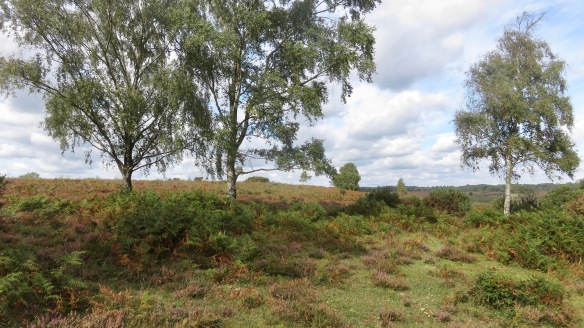
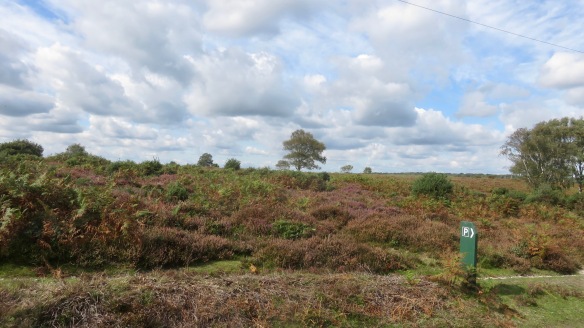
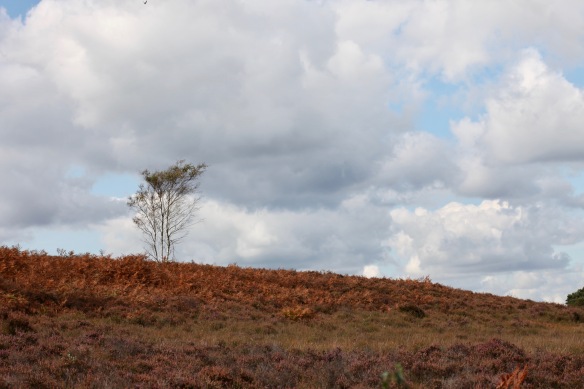




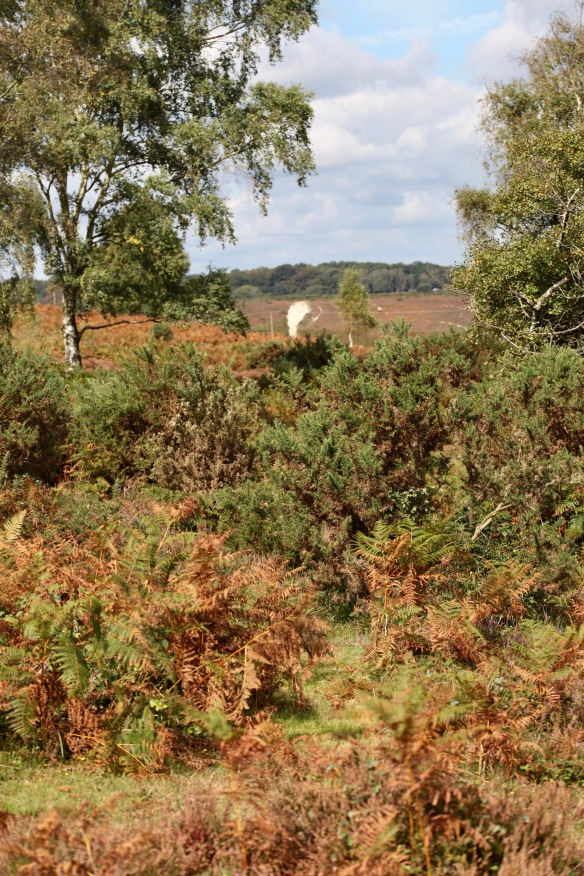

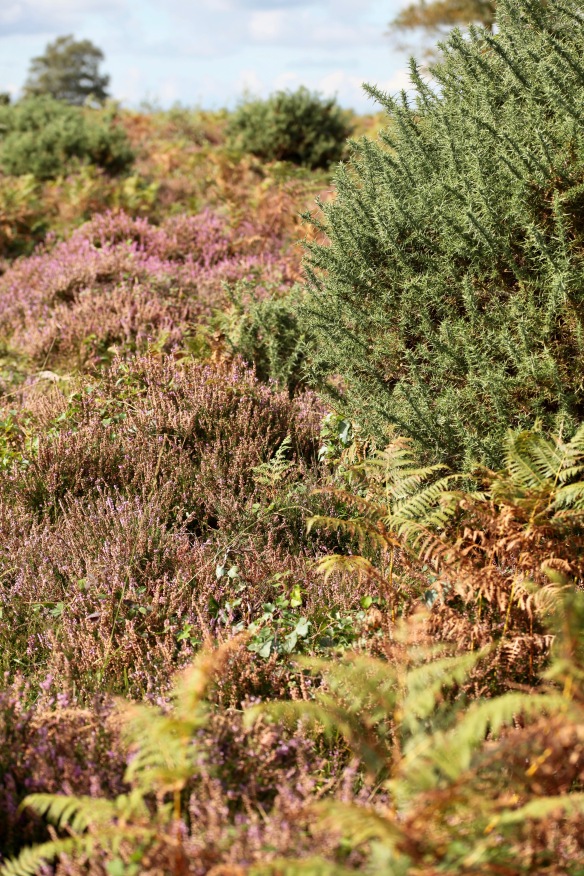

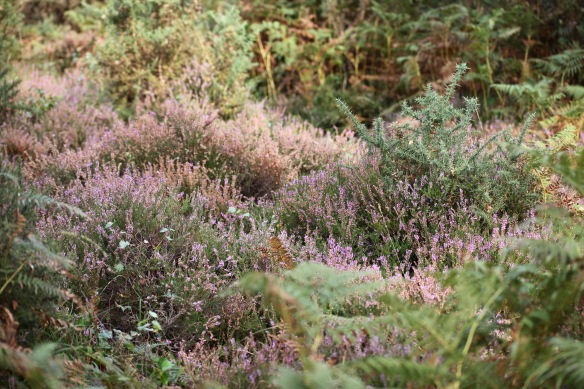

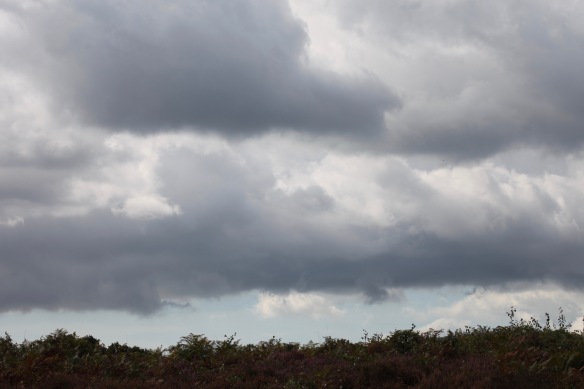
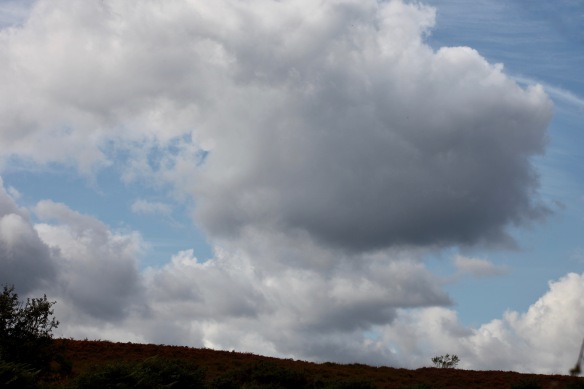
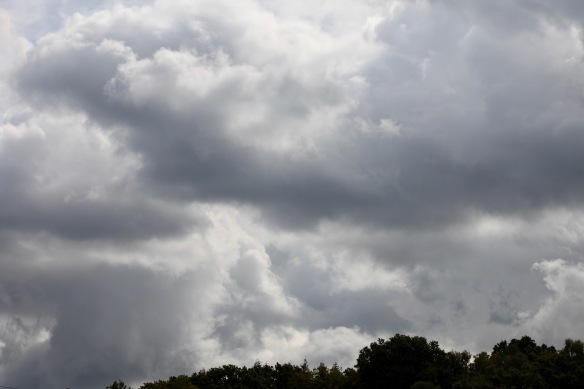








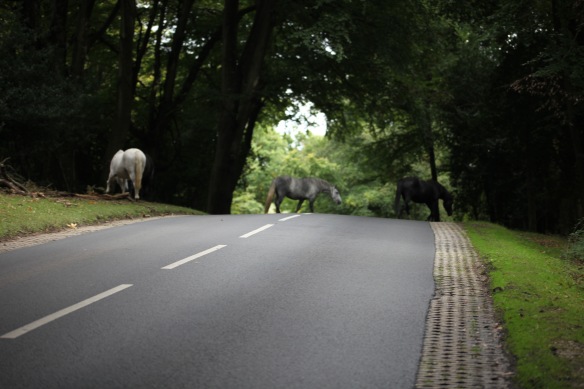


Can’t lie. I had to LOL at “Animal casualties outside the Fighting Cocks Inn”. Jackie’s meat casserole makes perfect sense now. Please be assured, Derrick, I mean you no disrespect! I <3 your posts!
Taken in the spirit intended, Donna. Jackie particularly likes The Fighting Cocks because it is just past Sandy Balls. Many thanks.
I love how you are often seeing and photographing ponies, Derrick. 🙂
Many thanks, Sylvia
Love the pictures, but sad to hear of the casualties!
Than you very much, GP
It’s just wonderful looking over your shoulder, Derrick.
Great photos as always and your storytelling is simply stunning! Lovely post! x
Very many thanks, Dina. Coming from you that is most pleasurable praise.
Oh no – poor ponies and donkeys and other assorted wanderers – though your photo story of colour and movement explains clearly how it could happen. I once hit a badger – or it hit me – at dusk on a country road and was traumatised for weeks after. It came out of nowhere and ran straight in front of my car, hitting with the most loud and solid thump….. I also got out to see if it was alright – which I was tut-tutted at for doing later as apparently a wounded badger can be quite cross with you. Luckily for me there was no sign of it though I could not imagine how it had survived that run in!
A nasty experience, indeed, Pauline. Many thanks
I have been tossing up whether to get Khaki Campbells or Indian Runners. I think that you (almost almost almost) convinced me in favour of Khakis! Apart from eggs they’d have more meat than the skinny Indian Runners??
[youtube https://www.youtube.com/watch?v=VzKipYkPdLc&w=560&h=315%5D Thanks for that, Bruce
Those pictures are so lovely! What scenery you have. It is sad about the animals, they sure pass through the road allot!
Thanks a lot, Lynn
All those who choose to use those roads
Should know they are the true abodes
Of creatures who have right-of-way,
And so at snails-pace they should stay,
And count the time far better spent
Than destination-rush, hell-bent.
Great verse, great answer, Leslie. Many thanks
Lovely!
Heather and Khaki Campbells — why am I suddenly whistling ‘A Scottish Soldier’?
Many thanks, Leslie.
Your photographic story is a delight as ever, Derrick. I look forward to it daily.
That’s encouraging, Roland. Many thanks
Boy, those Campbells sure lay a lot of eggs. Great photos, Derrick!
Many thanks, Jill
There are many songs about roaming the moors decked in heather and gorse. I liked the breathless tempo of this one. But moors always remind me of Heathcliff. Those are wonderful images of roads freckled with horses. Just as you say, it is particularly difficult to discern a black cow or horse in the pervading blackness of the night. I once rammed into a black bull with my scooter. His ample midriff absorbed the shock and the brunt of the vicious swing of his horn was borne by the headlamp of my two-wheeler which had to be admitted to the ICU equivalent of automotive vehicles for a long time, although much of it was on account of the insurance surveyor.
Although I suspect I might have seen the Campbells, I have neither feasted on their eggs or them.
Many thanks, Uma. Great description of your encounter with the bull
The ducks had me spellbound, I was completely fascinated. Never having had, indeed seen a ducks egg I have no idea what they are like,in colour and size. I imagine they must be somewhat larger that a chooks egg, Do they taste at all like a chook egg? Is it true that some are blue or is that an old wives tale?
As always love the shots of the animals, as for that black cow, I think if you struck one of that size you’d probably come close to writing your car off, besides killing the poor creature.
Thanks very much, Brian. The barman at the Fighting Cocks told us once about a customer ranting about what a pony had done to his car – never mind that he had killed the animal. I’ve not eaten many ducks’ eggs, but remember they have a stronger flavour. Some shells are blue.
I’d have killed the customer! 👿
I believe there is a colour called duck egg blue come to think of it.
There is
Astonishing number of creatures hit and killed….sad… but I can see why, as you so well explain it. Thanks for the trip, as ever.
Many thanks, Cynthia
(We tend to hit deer, raccoons, possums, skunks, and erratically racing pets around the NW.)
🙂
So sad about the animals! I wonder if there wouldn’t be a better way to deal with this, to reduce the death rates.
Loved the bit about the ducks. I know a lot about chickens since we kept some when I was younger, but not about ducks.
Many thanks, Karhrin. I really think it must depend on the common sense of drivers – unless speed cameras are widely installed. The animals’ right of way is centuries old. That farm also has many unusual chickens.
Even with speed cameras – if the animals jump out suddenly they might still get hit. But maybe it would help some.
Nice, I love unusual chicken breeds.
Quite so – many of the notices read: ‘Expect it to step out’. I’ll try to photograph the chickens on our next visit.
Wonderful photos, music, and story-telling, Derrick!
Many thanks, Ann
no hurt ponies….sighs…..where we used to reside, deer were ever ready to leap into the road….many many fatalities and lots of car damage too….always be aware and high beams help too <3
Thanks very much, Kim.
A lovely ride and beautiful autumnal photos, Derrick. I love seeing the animals roaming freely, something we don’t have in the US. But I’d worry about hitting them too, especially at night.
Thanks very much, Diana. This is specific to the New Forest
Lovely photos. It was almost as if the ponies arranged to have one of each color for your photos. (Maybe they’ve heard of you.) It’s sad to think of them hit by cars. No cows or ponies wandering about here, but we do have to worry about deer.
Many thanks, Merril. They certainly posed beautifully 🙂
Pumpkins and Pubs and piccalilli are all worth a comment. But vegetable sausages have left me close to wordless.
Always enjoy your horse captures! 🙂
Many thanks, Amy
There are no street lamps, are there? Night time would be scary; thinking a pony would jump out any moment. What a horror movie that would be… Cry & Cuss would be an apt name! Cry for the poor pony and cuss at the damage of your vehicle! Slap on some reflective stickers on those creatures, I say. ?
Now there’s a good idea, Rose. Thanks very much
Are the ponies wild? On barrier islands where we sometimes vacation, they had to create a fenced preserve area to protect the ponies, because so many were killed by careless drivers. I lived on a cow (beef) farm for several years. It was enclosed by an electric fence to keep them from wandering in the street. Every once in a while the was an escapee.
Thanks very much Robin. The ponies are all owned by commoners who have ancient rights to allow them to roam. Some of the major roads are fenced off, but not those that traverse the heathland.
I used to pass a sign warning of deer on the road that runs alongside Rutland Water going to Oakham. Like so many signs, I used to ignore it, until one morning at around 6am when I came over the brow of the hill and found myself in the middle of the biggest herd of deer I’ve ever seen.
Nobody was hurt, but it did teach me a lesson about signs, speed and anumals.
Now wouldn’t that have presented some photo opportunities? Thanks a lot, Quercus
Yes, it would. They all pretended they couldn’t see me and kept walking across the road in front of me.
Just like our ponies
🙂
Sorry to hear about the casualties… I think I would stay home , or at least go in an other direction. The thought of hitting one, or coming across a casualty would be too much. ?
I really think we just have to be aware. Although I do agree, coming across a casualty would be unpleasant. Thanks Val, for this and for the catch-up
I agree, the animals have no road sense, and a black one in dim lighting or at night,or even a white one in a fog, would be hard to see. Out here, it is deer and elk one must be vigilant about for the most part, although farm animals sometimes escape.
Thanks very much, Lavinia. I imagine the elk could be potentially damaging
Another series of amazing landscape and animal photography
Many thanks, Geetha
Welcome Derrick 🙂